By Ingrid Spencer-via:archrecord
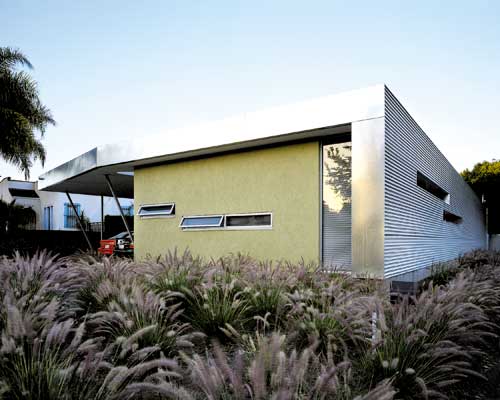
Photo: © Deborah Bird Photography
In Los Angeles, where an average house lists for around $700,000, every inch of the city’s 469 square miles is coveted—almost. Few lots still remain empty, and the reasons why can be counted on one hand. Estate complications or sentimental value could keep a piece of land from being sold and developed, or the plot might be so undesirable that nobody can figure out what, or how, to build there.
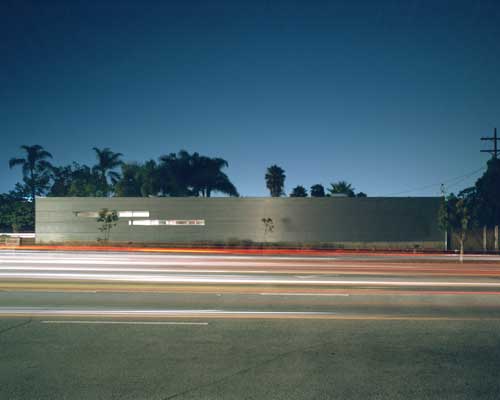
Photo: © Deborah Bird Photography
When architects Linda Pollari and Robert Somol, partners in the architecture firm P XS, decided they wanted to own a home in LA, they went on a mission to find one of those unwanted empty lots. Narrowing it down to two, they ardently pursued both—finding out who owned them and then writing letters, calling, doing everything they could to convince the owners to sell. They even went so far as to go through the design process for the two separate lots in hopes that it wouldn’t be for naught. It wasn’t. The nearly 8,000-square-foot piece of land they purchased on the corner of Olympic Boulevard and South Highland Avenue had been a part of one family’s estate since the 1920s. The impossibly busy intersection—Olympic is basically a six-lane highway—has some 80,000 cars rushing by every day. Not exactly the place where one might expect to find a peaceful home with a green oasis outside. “We knew the situation required a very specific solution, both to accommodate the site and us at the time, although we’re happily divorced and now it’s just me,” says Pollari, who is chair of the Department of Architecture/Landscape/Interiors at Otis College of Art and Design while Somol, director of the School of Architecture at the University of Illinois at Chicago, lives in Chicago. “We still run the firm together from the house,” she adds, “although mostly via iChat". 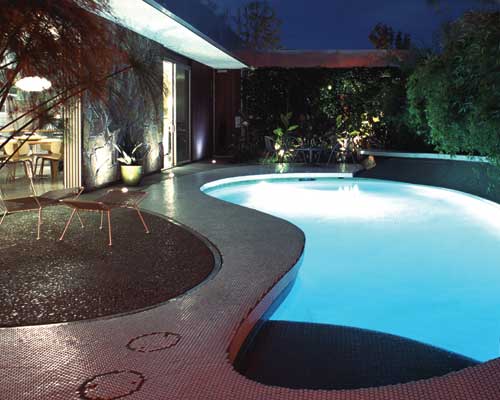
Photo: © Deborah Bird Photography
While not exactly quiet (Pollari says that if you’re not used to it, the traffic can seem rather loud), the home is a study in site-specific architecture. Without actually embracing the street, Pollari and Somol sought to engage with it. The 1,840-square-foot-combined office and one bedroom, two bath house, with pool, integrated landscape, and carport, pushes right up to the edge of the site toward the street with a 104-foot-long wedge of shiny galvanized steel—a veritable barrier that appears as a kind of billboard to the buses, cars, and pedestrian traffic passing by. On the wall’s interior side, floor-to-ceiling built-in shelves of books muffles sound in the office area, while two long strip windows offer glimpses of the street scene. From office to combined kitchen/lounge/gallery to bedroom on the eastern end of the volume, no doors interrupt the flow. 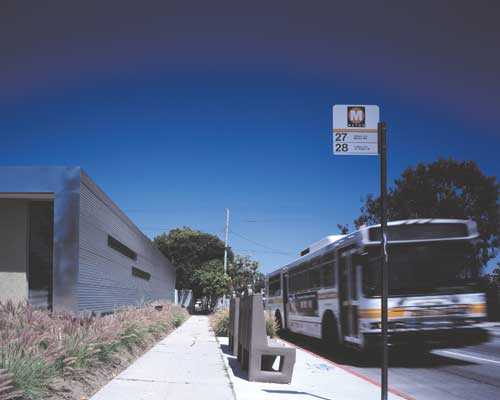
Photo: © Deborah Bird Photography
Materials are modest and give a nod to the 1920s Spanish Colonial homes in the area. Walls of stucco, rock, and purple-stained Douglas fir, each separated by glass, form the north side of the house. “There’s a tile wall still to come,” says Pollari, “but that will have to wait until I can afford it.” The interior floor is all sealed concrete, while the outdoor patio surrounding the kidney-shaped pool is clad in white, penny round tile. Why have an outdoor floor more refined than the interior one? “It was a last minute correction to a badly exposed concrete deck,” says Pollari. “But it’s so easy to maintain that I love it.” Easy to maintain is key with this house, both outside and in, due to the location. “Brake dust is really dirty,” she says. 
Photo: © Deborah Bird Photography
Despite the constant cleaning and a bit of noise, Pollari says her house couldn’t suit her better. “The bedroom is glass on two sides and that view of the terrarium outside, with the pool as a nightlight when it’s dark, makes it my favorite bedroom ever,” she says. “You’re protected at your back with opaque walls, and then you see down a corridor to the green outside.” 
Photo: © Bradley Wheeler-ItaliaFocus.com
Architectural protection is one thing, but what about actual protection? Pollari says because the corner is so busy, she feels perfectly at ease. “There’s an enormous kind of safety in being on such a high-traffic corner,” she says, “and since the city put in a traffic camera, it’s become even safer.” Pollari says with that camera in place, accidents—which were once a kind of constant macabre theatre for the neighborhood—have minimized, and every time the camera takes a picture, “it’s like a flash of lightning inside the house.” It’s moments like these, when the drama of the street finds its way into this house, that Pollari realizes she’s glad to be home. 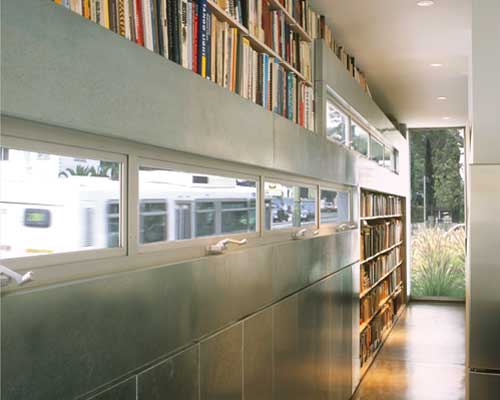
Photo: © Bradley Wheeler-ItaliaFocus.com
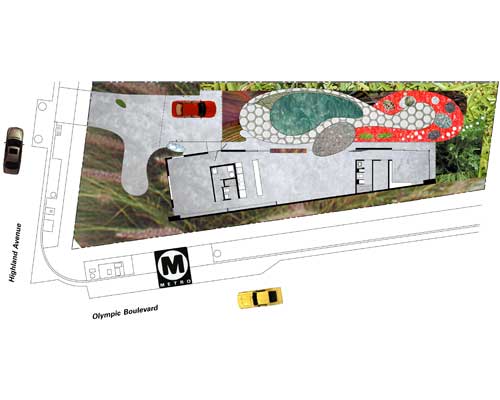
Rendering: Linda Pollari
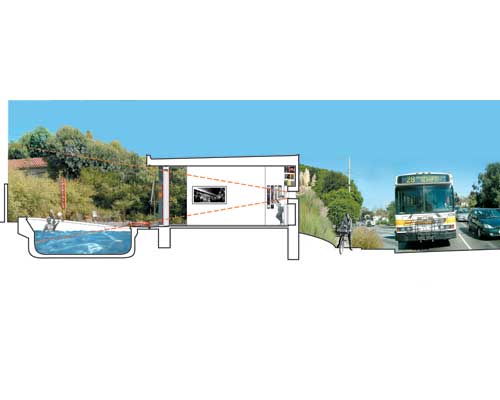
Rendering: Linda Pollari